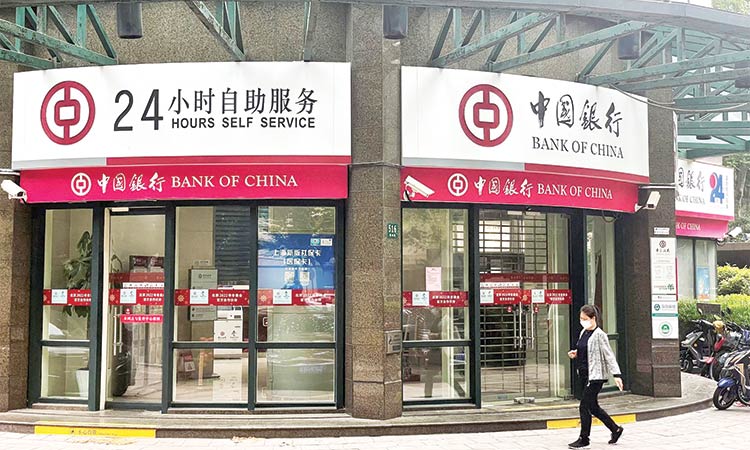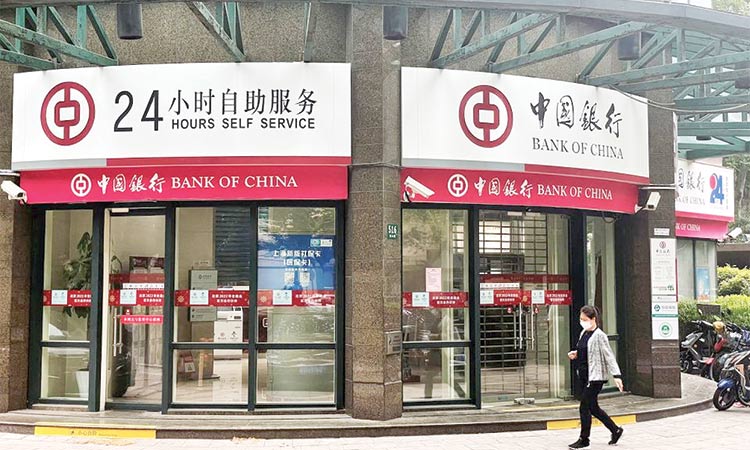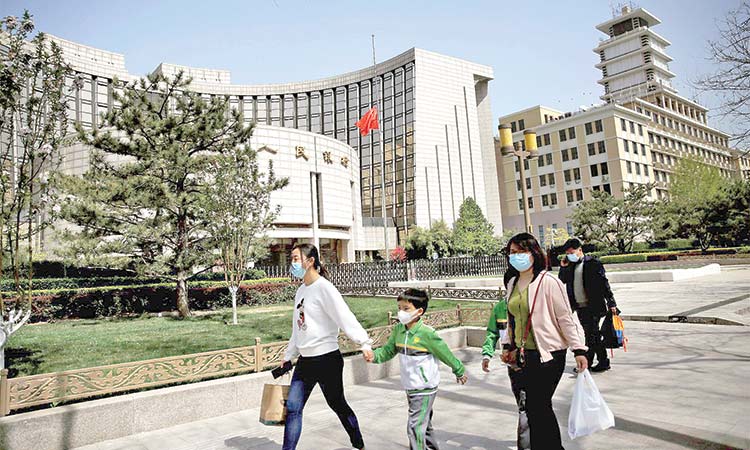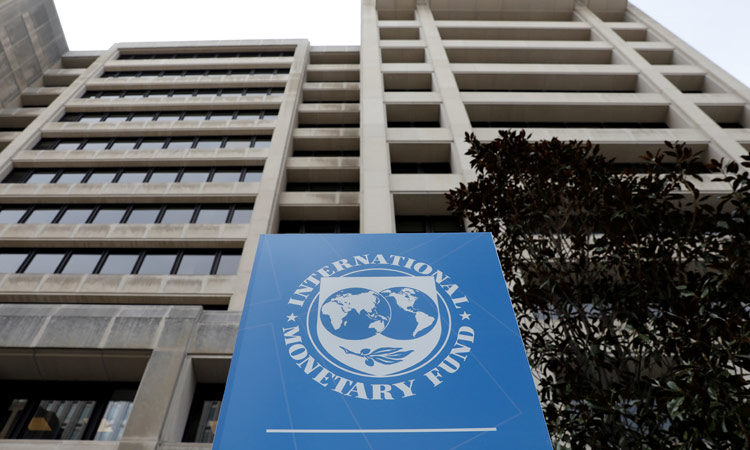China’s new bank loans rise less than expected, credit growth slows

Picture used for illustrative purposes.
Banks extended 1.25 trillion yuan ($180.63 billion) in new yuan loans in August, up from July but below analysts’ expectations, data released by the People’s Bank of China (PBOC) on Friday showed.
Analysts polled by Reuters had predicted new yuan loans would rise to 1.48 trillion yuan in August, more than double the 679 billion yuan in the previous month and higher than the 1.22 trillion yuan in the same month last year.
Household loans, including mortgages, rose to 458 billion yuan from 121.7 billion yuan in July, while corporate loans jumped to 875 billion yuan from 287.7 billion yuan in July, central bank data showed.
But analysts say demand for credit is still weak as business and consumer confidence remain fragile.
“August lending data was driven by stronger medium- and long- term corporate loans, while household loans remain relatively weak,” said Luo Yunfeng, an analyst at Merchants Securities.
Nomura estimates 49 cities were in some type of COVID lockdown as of Sept. 6, making up nearly 21% of China’s population and about 25% of its GDP.
The property sector, hard hit by a debt crisis, has been hammered by a mortgage boycott as homebuyers withhold payments for stalled projects. New home sales and construction have tumbled.
Policymakers signalled a renewed sense of urgency on Monday for steps to shore up the flagging economy, saying this quarter was a critical time for policy action as evidence points to a further loss of momentum.
On Aug. 22, the central bank cut the one-year loan prime rate (LPR), its benchmark lending rate, by 5 basis points, and lowered the five-year LPR, which influences mortgages, by a bigger margin.
The consumer price index (CPI) increased 2.5% in Aug. from the same month a year earlier, National Bureau of Statistics (NBS) data showed. Analysts said slowing inflation could give some room for further monetary policy easing.
“In the near term, any sizeable acceleration in credit growth looks increasingly unlikely,” Capital Economics said in a note.
“The PBOC cut a little off its main policy rates in August. And quantitative controls have continued to be loosened. But the People’s Bank (of China) is pushing on a string. Demand is the problem.”
Broad M2 money supply grew 12.2% from a year earlier, central bank data showed, above estimates of 12.1% in the Reuters poll. M2 grew 12% in July from a year ago.
Outstanding yuan loans at the end of August were up 10.9% from a year earlier, compared with the 11% growth the previous month. Analysts had expected 11% growth.
As part of measures to support the economy, local governments will issue 500 billion yuan in carryover special bonds to fund infrastructure projects by the end of October.
Any acceleration in government bond issuance could help boost total social financing (TSF), a broad measure of credit and liquidity.
Growth of outstanding total social financing (TSF), a broad measure of credit and liquidity in the economy, slowed to 10.5% in August from 10.7% in July.
TSF includes off-balance sheet forms of financing that exist outside the conventional bank lending system, such as initial public offerings, loans from trust companies and bond sales. In August, TSF jumped to 2.43 trillion yuan from 756.1 billion yuan in July. Analysts polled by Reuters had expected 2.075 trillion yuan.
Meanwhile, China’s central bank and banking regulator on Friday jointly unveiled a list of 19 banks for 2022 that are regarded as systemically important, as part of efforts to protect the financial system.
The list of banks includes six state-owned commercial banks, nine joint-stock commercial banks and four city commercial banks, a statement released from the People’s Bank of China and the China Banking and Insurance Regulatory Commission (CBIRC) said.
Systemically important banks face additional capital requirements of between 0.25% and 1.5%, as well as additional leverage requirements.
The regulators will also enhance supervision of systemically important banks to promote their stable and healthy operation and development, the statement said.
Joint-stock commercial bank China Minsheng Banking Corp will be subject to a higher additional capital requirement of 0.5% from 0.25%, the statement showed, the only bank on the list to face a different capital requirement versus last year.







